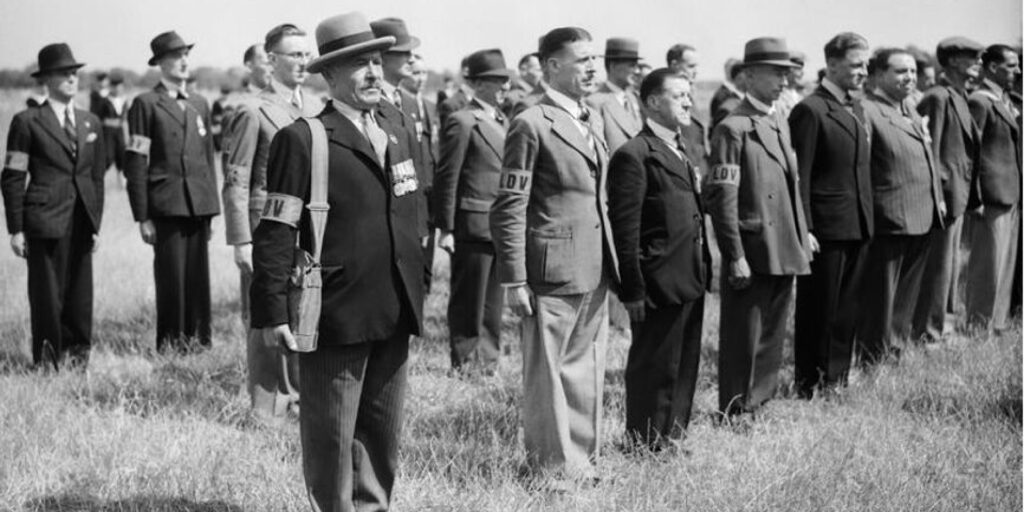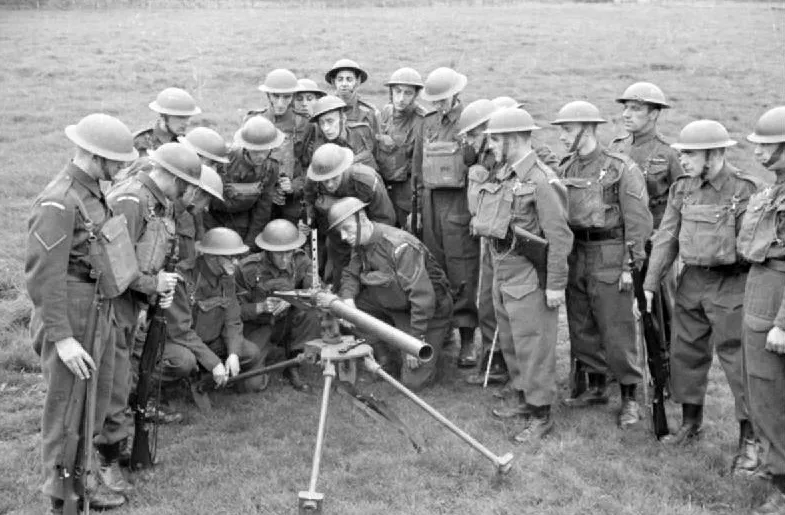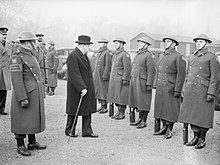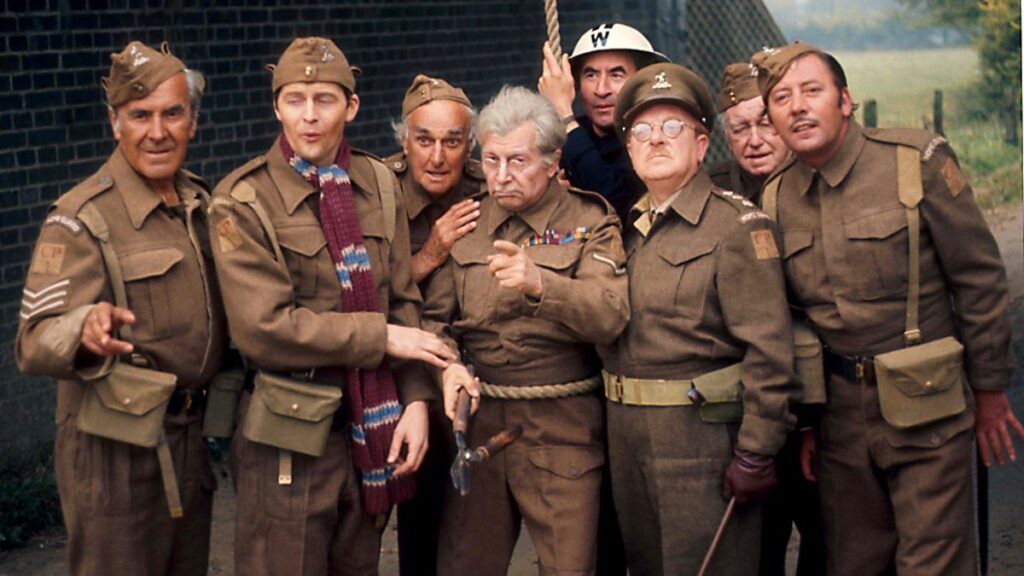This #ForgottenFriday, just in time for Father’s Day, we’re exploring The Home Guard – the real ‘Dad’s Army’ of WW2
The Home Guard, originally known as the ‘Local Defence Volunteers’, was set up in May 1940 as Britain’s ‘last line of defence’ against German invasion. Members of this ‘Dad’s Army’ were usually men above or below the age of conscription and those unfit or ineligible for front line military service.

On May 14th, the Minister of War, Anthony Eden, made the following national announcement:
“We want large numbers of men in Great Britain who are British subjects between the ages of 17 and 65 to come forward now and offer their service in order to make assurance doubly sure. The name of the new force which is now to be raised will be the Local Defence Volunteers.”

The authorities were completely stunned and unprepared for the number that did enlist. Within 6 weeks of the announcement by Eden, ten times more men had volunteered than the War Office had expected in total. To begin there were simply not enough official forms for men to apply – local police simply resorted to making a list of names.
With such a large response, the War Office was faced with several problems. The primary ones were supplying sufficient uniforms for so many volunteers and the necessary weapons if Britain was to be defended. All available weaponry had, understandably, been handed to the regular military and a vast amount was to be lost by the BEF at Dunkirk. The Home Guard was ordered to find whatever it could to defend itself and occasionally men in the Home Guard were referred to as the ‘Broomstick Army’, the result of being seen drilling with broomsticks. Even six weeks after Eden’s broadcast, there was only one rifle to every six men in the Home Guard. When rifles did arrive, they were American P17’s and P14’s from World War One.

They trained in the evening in such things as weapons handling, unarmed combat, and basic training. However, complaints were made that too much time was spent on drill as opposed to learning about proper soldiering. Despite Churchill’s demand that the Home Guard be issued with proper weapons, the War Office issued 250,000 pikes, (bayonets welded onto metal poles). Local Home Guard commanders initially received little guidance from the War Office as to training and it was left to them to develop their own tactics that were relevant to their own locality. However, with little professional support, a man in the Home Guard was four times as likely to die in an accident during training than a regular soldier.

The Home Guard was at first a rag-tag militia, with scarce and often make-do uniforms and weaponry. Yet it evolved into a well-equipped and well-trained army of 1.7 million men. Men of the Home Guard were not only readied for invasion, but also performed other roles including bomb disposal and manning anti-aircraft and coastal artillery. Over the course of the war 1,206 men of the Home Guard were killed on duty or died of wounds. – IWM, 2022.
With the Allied armies advancing towards Germany and the threat of invasion or raids over, the Home Guard was stood down on 3 December 1944.
Thank you to all the fathers, grandfathers and sons who served in the Home Guard, We Will Remember Them.


